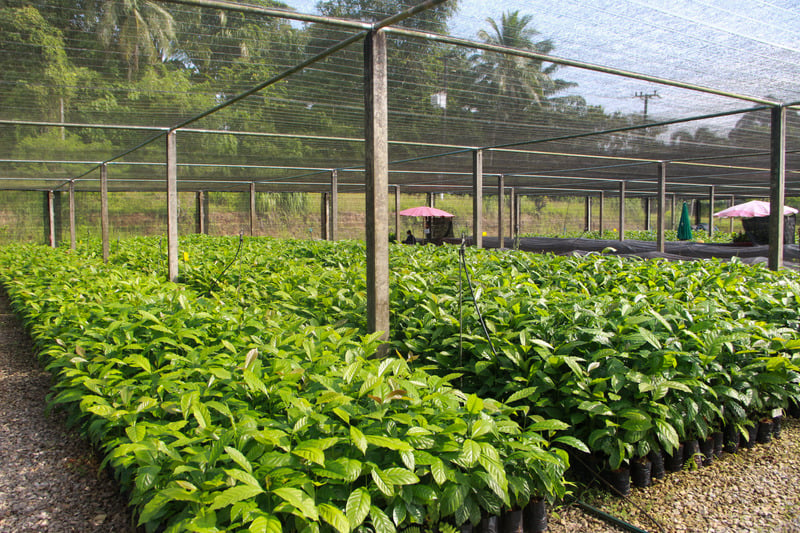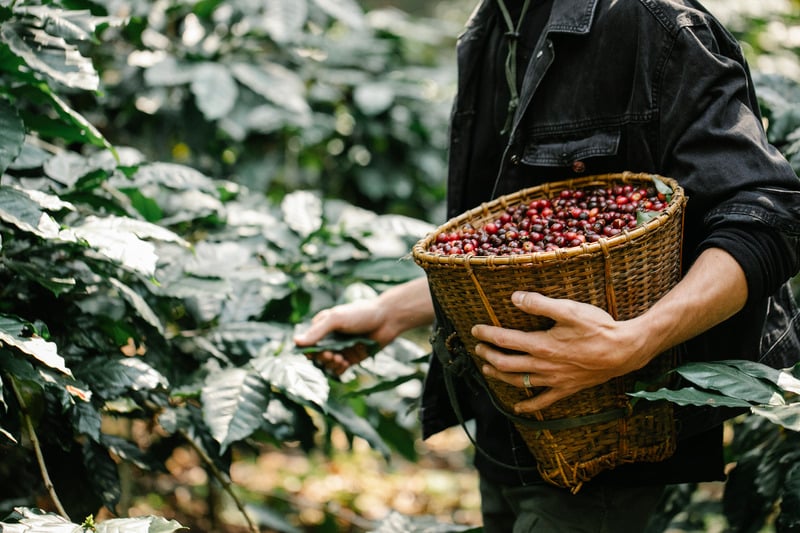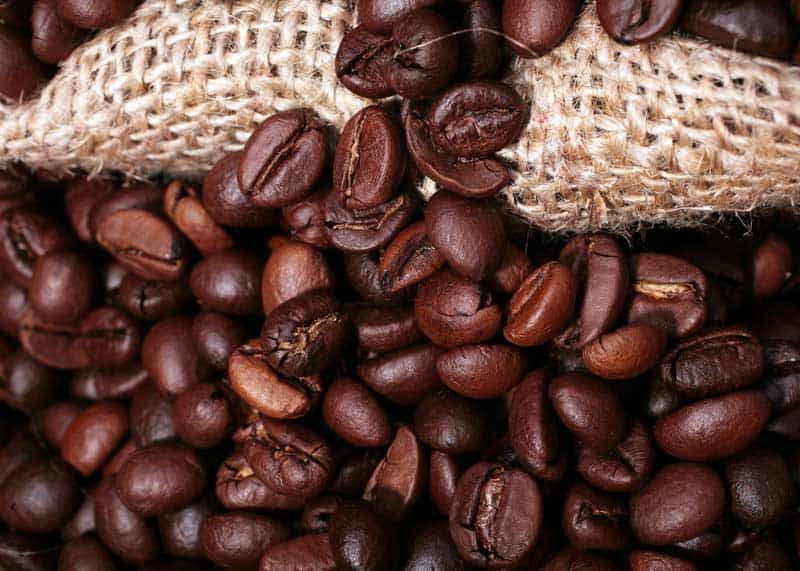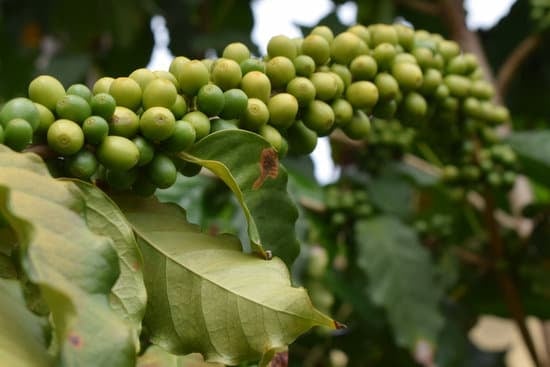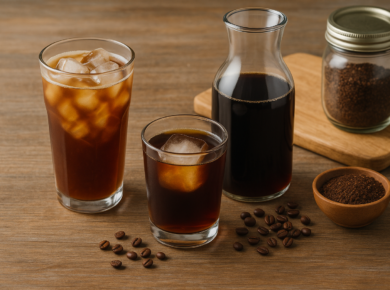Typica is the most renowned variety within the Typica genetic lineage. These plants are tall with spreading branches and are known for low productivity, vulnerability to major coffee diseases, and high cup quality when cultivated well. The Typica group, along with all Arabica coffee, trace back ancestrally to southwest Ethiopia. Sometime around the 15th or 16th century, ancestors of the Typica line were introduced to Yemen.
In the early 18th century, a single coffee plant of the Typica variety was sent from Java to Amsterdam. This plant was then shared with France. Over the next few decades, Typica made its way from Europe to European colonies in South America, arriving in parts of modern-day Suriname, French Guiana, and Brazil by the mid-1700s.
By the late 18th century, Typica had reached southern Brazil as well. In the 19th and 20th centuries, new mutations and varieties descended from Typica emerged, including Maragogipe, Pacamara, and Mundo Novo.
By the late 19th century, Typica cultivation had spread across Central and South America and to Caribbean countries like Jamaica, Cuba, and Puerto Rico. Around the 1940s, most coffee farms in Central America grew Typica. Over time, Typica made its way to Africa, then Asia, and eventually the Americas. As a result, Typica and Typica-descended varieties are now commonly cultivated worldwide.
Where Can We Find Typica?
These days, Typica is less commonly cultivated due to its vulnerability to diseases and pests. As coffee research has progressed, new hybrids and varieties that are more attractive to growers have been developed.
However, Typica can still be found in all major coffee-growing regions. Depending on the location and cultivation methods, it develops distinctive characteristics.
For instance, the renowned Blue Mountain Coffee from Jamaica is a Typica variant grown at high altitudes and processed using the washed method. It must follow strict regulations to qualify as Blue Mountain Coffee, including rules for where it is grown, and how it is processed and transported in handmade barrels. This exclusive coffee is prized for its sweet flavor, silky texture, and high quality, commanding premium prices.
Though Peru moved away from Typica toward more disease-resistant plants, some farmers are slowly shifting back to focus on quality varieties like Typica, Bourbon and Caturra.
Growing Typica Beans
Experts recommend growing Typica at high altitudes for optimal results, with specific elevation guidelines based on the latitude. The tall, spreading Typica plants also take up more space than some compact varieties, meaning lower per-hectare plant density and potentially more labor for maintenance.
Due to its vulnerability to diseases, adequate investment in fertilizers and treatments is essential when cultivating Typica. As one Brazilian producer reports, Typica trees in less affluent areas often suffer from insufficient care.
In addition, Typica’s yields are 20-30% lower than the Bourbon variety. These lower volumes and the risk of crop loss from weather, pests or plant health issues can make Typica farming financially precarious.
What does Typica look and taste like?
It is a normal-looking coffee plant, but slightly bigger. It produces nice, steady crops year after year. Most experts find Typica subtly sweet with a smooth taste. Roasters love using it.
Many modern, popular coffee varieties came from Typica. Coffee types like Bourbon, Caturra, and Mundo Novo can all trace their origins to Typica. So it’s like the “mother” of many coffees today!
Even though it’s old, Typica is still grown in many coffee regions from Central America to Africa. Roasters know it makes tasty, comforting coffee drinks with tasting notes like apple, nutty, and caramel flavors. Specialty cafés are using more Typica again to make drinks similar to some of the first coffees ever brewed.
